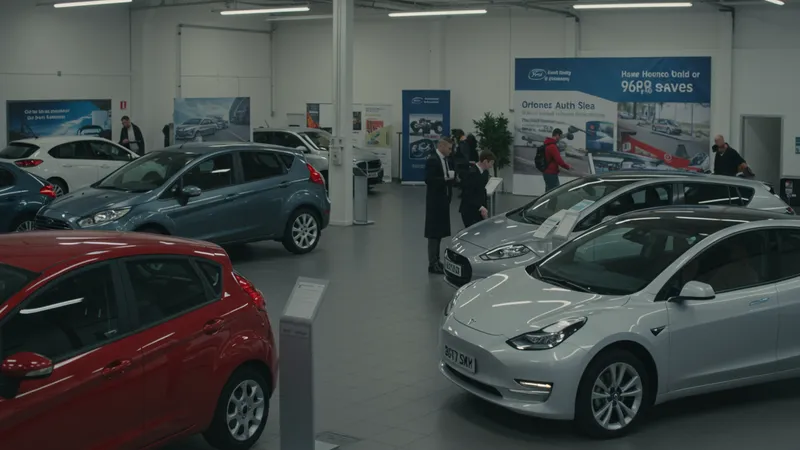
Exploring Automotive Trends And Used Car Insights In The UK
Market Dynamics and Consumer Preferences in the UK Automotive Sector
When exploring the UK’s automotive landscape, market dynamics like demand trends, supply limitations, and regulatory changes play crucial roles. Notably, supply chain disruptions from recent global events have contributed to longer waiting times for new vehicles. This has pushed more buyers towards used cars, causing increased competition for quality models and a subsequent rise in used car prices. Electric vehicles like the Nissan Leaf and Tesla Model 3 have especially benefited from this demand shift, as buyers seek more sustainable transport solutions.

Consumer preferences in the United Kingdom are also shifting noticeably. The emphasis on lower emissions and long-term cost savings has increased popularity for electric and hybrid vehicles. Traditional models like the Ford Fiesta remain top sellers, but EVs are gaining market presence at a rapid pace. Features such as advanced safety systems, infotainment connectivity, and low running costs are now appearing higher on prospective buyers’ checklists.
Both the retail and wholesale sides of the used car sector have adapted to changing preferences with innovative approaches. Online-only dealerships and virtual viewing are becoming commonplace. Data-driven insights from platforms like Cazoo and Auto Trader reveal that cars meeting criteria for efficiency, tech, and reliability hold their value better and sell faster. For example, the Tesla Model 3’s reputation for autonomy and connectivity helps sustain its strong demand—even as newer models enter the market.
Pricing strategies in the UK also reflect these preferences and constraints. The average used price of the Ford Fiesta, for example, has climbed primarily due to its reputation for dependability amid short supplies. Conversely, incentives for used electric cars and growing charging infrastructure are gradually narrowing the price gap between EVs and their petrol or diesel counterparts. As demand evolves, successful buyers and sellers remain adaptable to these fast-moving factors.